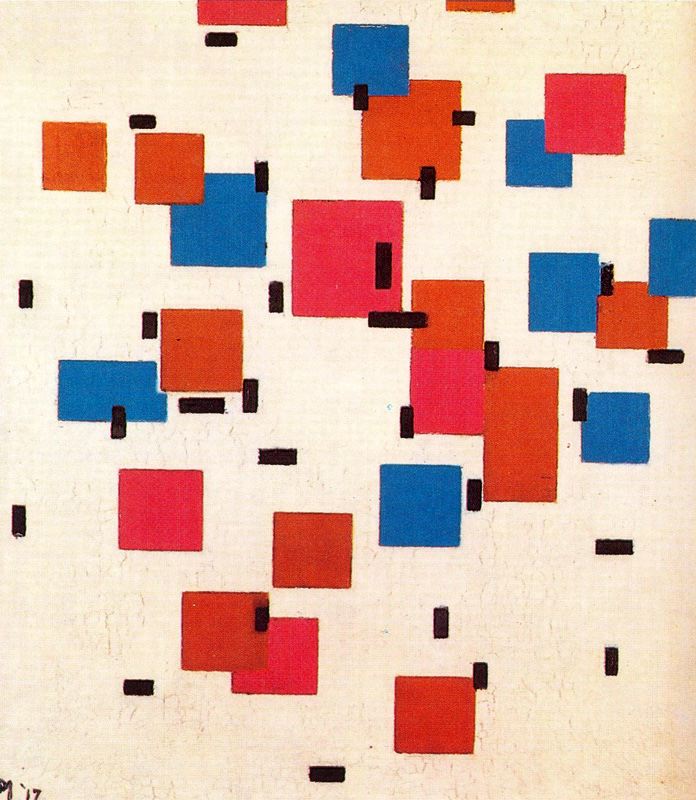Come il ragno a Nazca: per un’archetipologia junghiana dell’aracnide in Dino Buzzati, Tommaso Landolfi e Primo Levi
DOI:
https://doi.org/10.13133/2239-1983/18790Abstract
The following article explores the archetypal poignancy of the spider in twentieth-century Italian literature by analyzing the stories of Tommaso Landolfi, Primo Levi and Dino Buzzati. Despite their distinct poetics, they simultaneously used various kinds of animal figures sostructurally throughout their careers, that it makes sense to investigate the actual bestiaries derived from their productions. The weight that magical and primitive culture, as well as their individual psychology, had in this phenomenon will be investigated and culturally motivated, through a study that aims to probe our collective imagination, somewhere between the definition given by psychoanalyst Jung and the reconstruction of folk beliefs given by anthropologists such as De Martino. Not by chance, we propose the spider as emblematic to our mythical-ritual system of inquiry, as well as one of the most significant archetypal animal images in literature, magic, phobia, and folklore.
Downloads
Published
How to Cite
Issue
Section
License
Gli autori che pubblicano su questa rivista accettano le seguenti condizioni:- Gli autori mantengono i diritti sulla loro opera e cedono alla rivista il diritto di prima pubblicazione dell'opera, contemporaneamente licenziata sotto una Licenza Creative Commons - Attribuzione che permette ad altri di condividere l'opera indicando la paternità intellettuale e la prima pubblicazione su questa rivista.
- Gli autori possono aderire ad altri accordi di licenza non esclusiva per la distribuzione della versione dell'opera pubblicata (es. depositarla in un archivio istituzionale o pubblicarla in una monografia), a patto di indicare che la prima pubblicazione è avvenuta su questa rivista.
- Gli autori possono diffondere la loro opera online (es. in repository istituzionali o nel loro sito web) prima e durante il processo di submission, poiché può portare a scambi produttivi e aumentare le citazioni dell'opera pubblicata (Vedi The Effect of Open Access).


